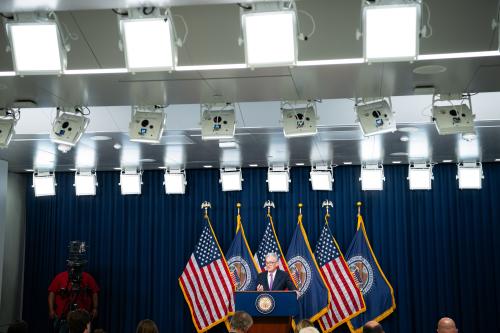While moderating a panel at the International Monetary Fund in October 2013, I asked each panelist what question about the Federal Reserve’s aggressive policies on quantitative easing we would be able to answer only a decade or so in the future.
I still remember the answer from Manuel Ramos-Francia, research director of the Bank of Mexico:
“What it really is giving [us] is some breathing space, some room for other decisions to be made,” he said. “And I think that the big question at the end of the day is: Will this breathing room have been useful, will [it] be used in a productive way? Or, on the other hand, it was too much anesthesia and it permitted those policy decision makers that should be taking and making the tough decisions … it permitted them not to do so.”
(See the response at about 1:09 on the video here.)
It struck me then as a very good point: Monetary policy alone cannot make an economy grow faster over time, and it can’t fix all that ails an economy. But it can buy time for politicians to do what needs to be done. That was true for the U.S. then. And it’s newly relevant for Europe today.
The European Central Bank has launched an aggressive round of quantitative easing to ward off a bout of too-low inflation or even deflation in Europe, to boost asset markers, and to give European exports a lift (by depressing the value of the euro).
As European Central Bank President Mario Draghi has said: The ECB cannot do it alone. He has bought European politicians some time. The question, to echo Mr. Ramos-Francia, is whether they will make good use of it.



Commentary
Op-edThe ECB’s Stimulus Buys Time. Will Europe Take Advantage of It?
January 27, 2015